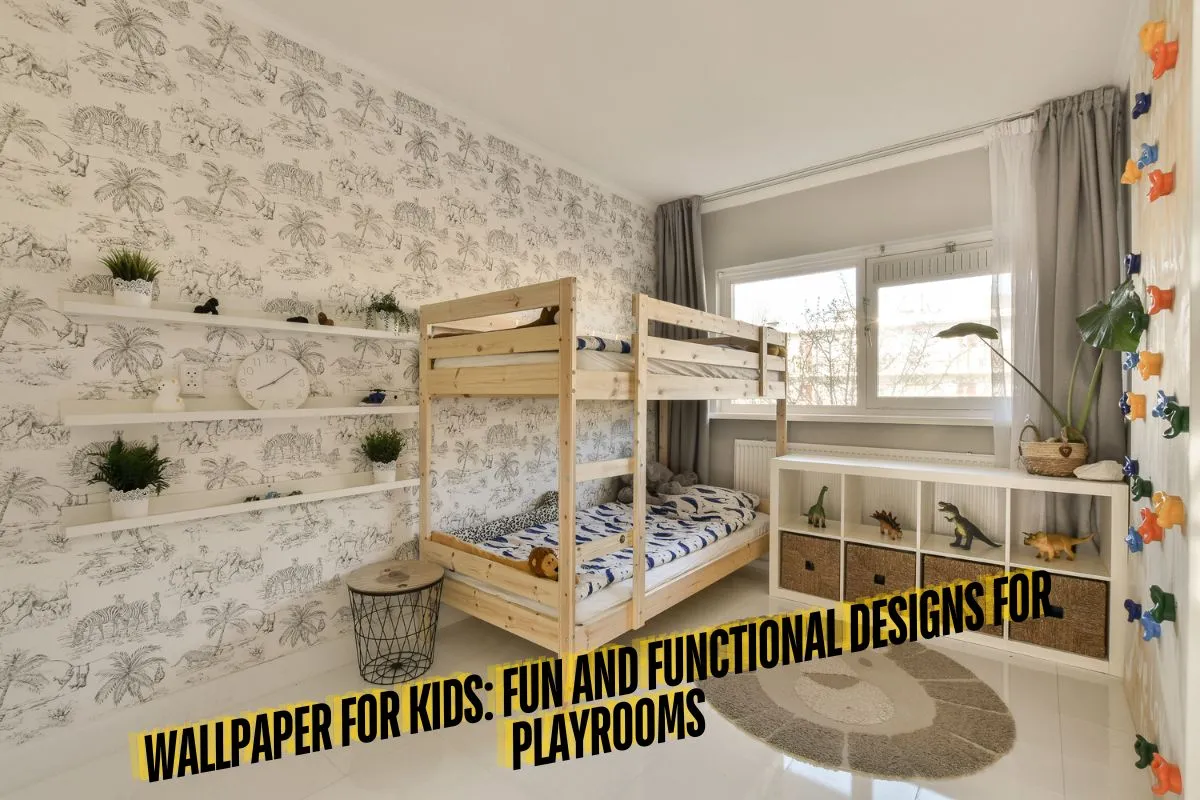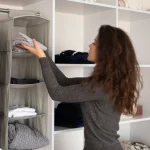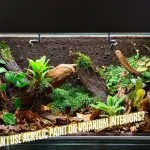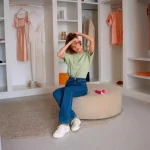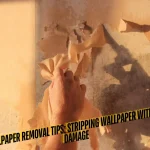Designing a playroom for your child can be an exciting project, filled with opportunities to create a space that is not only fun and engaging but also functional and durable. Selecting the right wallpaper is one of the best ways to achieve this balance. Wallpaper can instantly transform a room, bringing in color, pattern, and personality. When chosen carefully, it can also withstand the wear and tear of an active playroom.
The Magic of Wallpaper: Bringing Playrooms to Life
Wallpaper is more than just a decorative element; it’s a tool to create an environment that stimulates creativity and imagination. Whether your child loves animals, outer space, or fairy tales, there’s a wallpaper design that can turn their playroom into a magical space. Joanna Gaines, a renowned interior designer, captures this perfectly: “Wallpaper is a great way to add personality and color to a kids’ playroom. Choose a design that reflects your child’s interests and creates a fun and inspiring space” (Gaines, Architectural Digest).
When I first decorated my daughter’s playroom, I wanted something that would make her feel like she was stepping into her world every time she walked in. I chose a whimsical forest theme with animals and trees, and the way her eyes lit up when she saw it for the first time was priceless. It wasn’t just a room anymore; it was her little adventure land.
Choosing the Right Wallpaper: Durability Matters
One of the most important considerations when selecting wallpaper for a playroom is durability. Kids are naturally curious and tend to explore their environment in hands-on ways that can lead to spills, marks, and scratches. This is why it’s essential to opt for wallpapers that are washable and scrubbable. Bobby Berk, another expert in interior design, advises, “Consider durability when selecting wallpaper for a playroom. Opt for washable and scrubbable options to withstand spills and messes” (Berk, Elle Decor).
In our playroom, we chose a wallpaper that not only had a fun design but also a durable finish. I can’t tell you how many times I’ve had to wipe away crayon marks or snack smudges, and each time, the wallpaper cleaned up beautifully without any signs of wear. This has made all the difference in keeping the room looking fresh and welcoming.
Creating a Focal Point: The Accent Wall
One of the easiest ways to make a big impact in a playroom is by using wallpaper to create an accent wall. This approach allows you to introduce a bold design or color without overwhelming the entire space. Nate Berkus, an interior design expert, suggests, “Create a focal point in the room by using wallpaper on a single accent wall. This can add a pop of color and visual interest” (Berkus, House Beautiful).
When I was decorating my son’s playroom, I chose a vibrant cityscape wallpaper for one wall, leaving the others a simple, calming blue. The contrast not only made the room more dynamic but also created a designated area for his toy cars and building blocks, making it feel like his own little city.
Mixing and Matching: Playing with Patterns and Textures
Playrooms are one of the few spaces in the home where you can let your creativity run wild. Mixing and matching different patterns and textures can create a playful and eclectic look that kids will love. Emily Henderson, another interior designer, recommends, “Mix and match patterns and textures for a playful and eclectic look. Just be sure to choose colors that complement each other” (Henderson, The Spruce).
In our playroom, I mixed a striped wallpaper with a more intricate animal pattern on another wall. The key was to keep the color palette consistent so that the room still felt cohesive despite the variety of designs. The result was a space that felt lively and fun, just like my kids.
Practical Considerations: Hiding Imperfections and Adding Depth
Beyond aesthetics, wallpaper can also serve practical purposes in a playroom. Hilary Farr, an experienced interior designer, points out, “Wallpaper can be a great way to hide imperfections on walls. It can also create a sense of depth and dimension” (Farr, Bob Vila).
In older homes, like ours, walls may have dents or uneven surfaces that paint alone can’t always cover effectively. In our playroom, a textured wallpaper not only added character but also cleverly masked some of the wall’s imperfections. This not only improved the room’s appearance but also added a layer of durability.
Bold Choices: Don’t Be Afraid to Experiment
A playroom is the perfect place to experiment with bold colors and designs that might feel too daring for other parts of the house. Kelly Wearstler, an interior design icon, encourages, “Don’t be afraid to experiment with bold colors and playful designs. A kids’ playroom is the perfect place to let your imagination run wild” (Wearstler, Elle Decor).
For instance, in our playroom, we used a bright, geometric wallpaper that I would never have considered for a living room or bedroom. The vibrant colors and patterns energize the space and make it an exciting place for the kids to play and learn.
Functional Designs: Combining Fun with Learning
When selecting wallpaper, consider designs that not only entertain but also educate. Wallpapers with numbers, letters, world maps, or even periodic tables can turn your child’s playroom into an interactive learning environment. My daughter’s favorite wall in her playroom is the one with the giant world map wallpaper. It’s a great conversation starter, and she’s already starting to recognize countries and continents just from playing in there.
Easy Updates: Temporary Wallpaper for Growing Kids
As kids grow, their interests change, and what they love at three might not be what they want at seven. This is where temporary, peel-and-stick wallpaper comes in handy. These options allow you to easily update the room without the hassle of removing traditional wallpaper. Plus, they’re a cost-effective way to keep the playroom fresh and aligned with your child’s evolving tastes.
In our house, we’ve gone through a few phases already—from a jungle theme to outer space. Each time, we used peel-and-stick wallpaper, making the transition smooth and stress-free. It’s also a fun project to involve the kids in, letting them help choose the next theme and even assist with the application.
Resources for Inspiration and Shopping
If you’re looking for inspiration or shopping for wallpaper, several resources can help you get started. Interior design magazines like Architectural Digest, Elle Decor, and House Beautiful often feature articles on children’s room design and the latest wallpaper trends. These publications can give you ideas on how to mix patterns, choose colors, and even incorporate wallpaper into furniture or décor.
Home improvement websites like This Old House, Bob Vila, and The Spruce offer practical advice on selecting and installing wallpaper. They often include step-by-step guides and tips for ensuring the wallpaper lasts, even in high-traffic areas like a playroom.
For those ready to shop, many wallpaper manufacturers now offer collections specifically designed for children’s rooms. These collections feature fun and playful patterns that are durable and easy to clean. Check out brands like Chasing Paper, Spoonflower, and Graham & Brown for a wide range of options.
Conclusion: Creating a Playful and Functional Space
Choosing the right wallpaper for your child’s playroom is an important step in creating a space that is both fun and functional. By considering factors like durability, design, and practicality, you can ensure the room is not only a place for play but also a welcoming and inspiring environment.
Remember, a playroom is a place where your child’s imagination can run wild, so don’t be afraid to experiment with bold patterns, vibrant colors, and unique designs. With the right wallpaper, you can transform the playroom into a space that your child will love spending time in, all while keeping it functional and easy to maintain. Whether you’re going for a single accent wall or a fully immersive theme, let your creativity shine—just like your kids’ smiles when they see their new favorite room.

